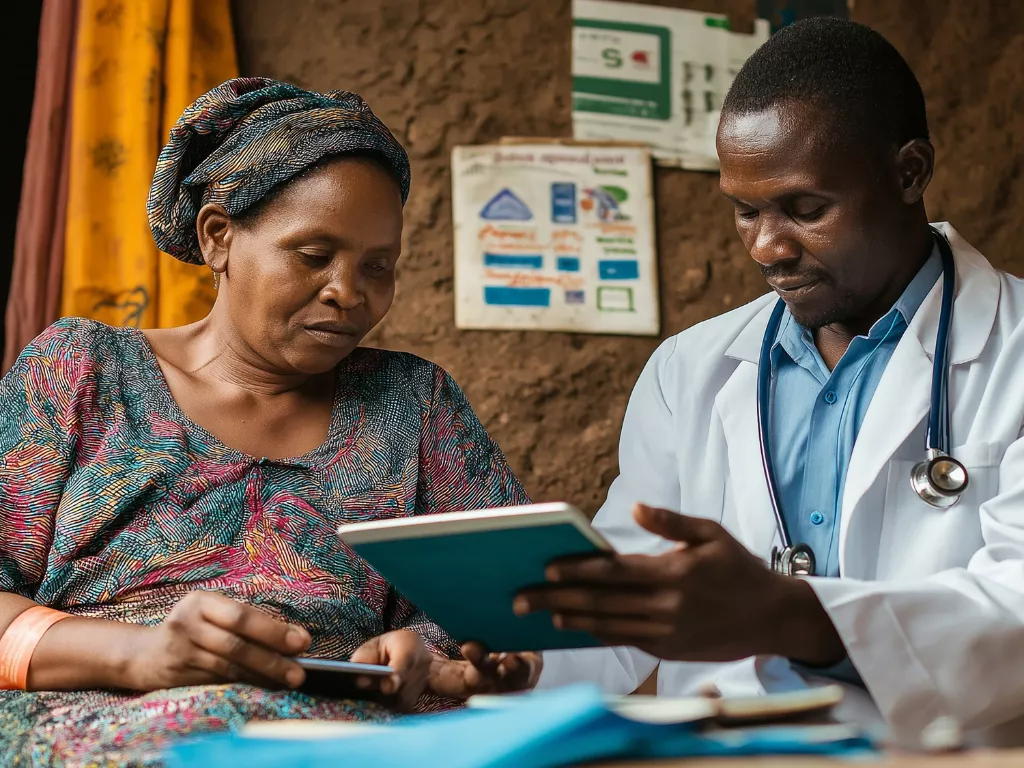Software As a Medical Device (SAMD) in US FDA and its submission process.
27 September 2023
The United States Food and Drug Administration (US FDA) is the leading regulatory body in the world that has established certain frameworks and regulations with which the medical device manufacturers need to be compliant, to get their approval or clearance. Device manufacturers are expected to maintain quality management systems.

Discover more

Building Better Digital Experiences with Information Architecture
In today’s digital age, information is omnipresent. Whether it's websites, mobile apps, online platforms, or digital content, these elements have become integral parts of our...

Revolutionizing Rural Healthcare: How AI is Shaping the Future of Telemedicine
Introduction Telemedicine has revolutionized healthcare delivery, particularly for underprivileged populations. For rural areas, where access to healthcare facilities is often limited, telemedicine has the potential...

PFAS: How ‘Forever Chemicals’ Impact Medical Devices
Introduction: Since 1940, per- and polyfluoroalkyl substances (PFAS) - a class of artificial compounds, have been used globally in a variety of industrial and consumer...
